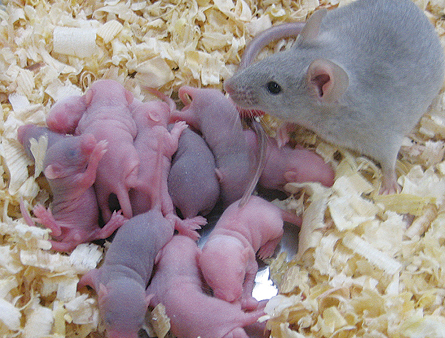Scientists have created a way to add a uniform coating of sugars to the protein erythropoietin. Erythropoietin is a protein that induces production of red blood cells. In the body, the sugars coating the surface of the protein are essential to its function. Samuel Danishefsky, who is a synthetic chemist at Sloan Kettering, has developed a synthesis of the protein which has smaller sugar chains, but still allow the protein to carry out its function. From Science:
Last week, the MSKCC-Columbia team reported online in Angewandte Chemie that for the first time they had synthesized EPO with a uniform coating of sugar chains that decorate the outside of the natural molecule. EPO is a hormone produced by the kidneys that stimulates the production of red blood cells. It’s also administered as a drug, sometimes called a biologic, to anemia patients, as well as those with cancer who have undergone radiation and chemotherapy treatments that can damage red blood cells.
“EPO is the most complex biologic synthesized to date,” says Laura Kiessling, a chemist at the University of Wisconsin, Madison, who calls the accomplishment “remarkable.” Peng George Wang, a synthetic chemist at Georgia State University in Atlanta, agrees that the new synthetic ascent is “an awesome achievement,” because the researchers not only synthesized a complex protein but also decorated it with a uniform set of sugars—a feat that has long been out of reach. A decade ago, “we could not imagine it could be a target. It was just too complicated,” Wang says. Danishefsky notes that the feat rests on a decade of advances in fabricating portions of the protein, linking them together, and then coming up with novel chemical techniques to tie sugar chains on at precise locations. Although the version of EPO the group made has shorter sugar chains than those typically found in organisms, biochemical studies showed that it carried out the same function of stimulating the production of red blood cells.

